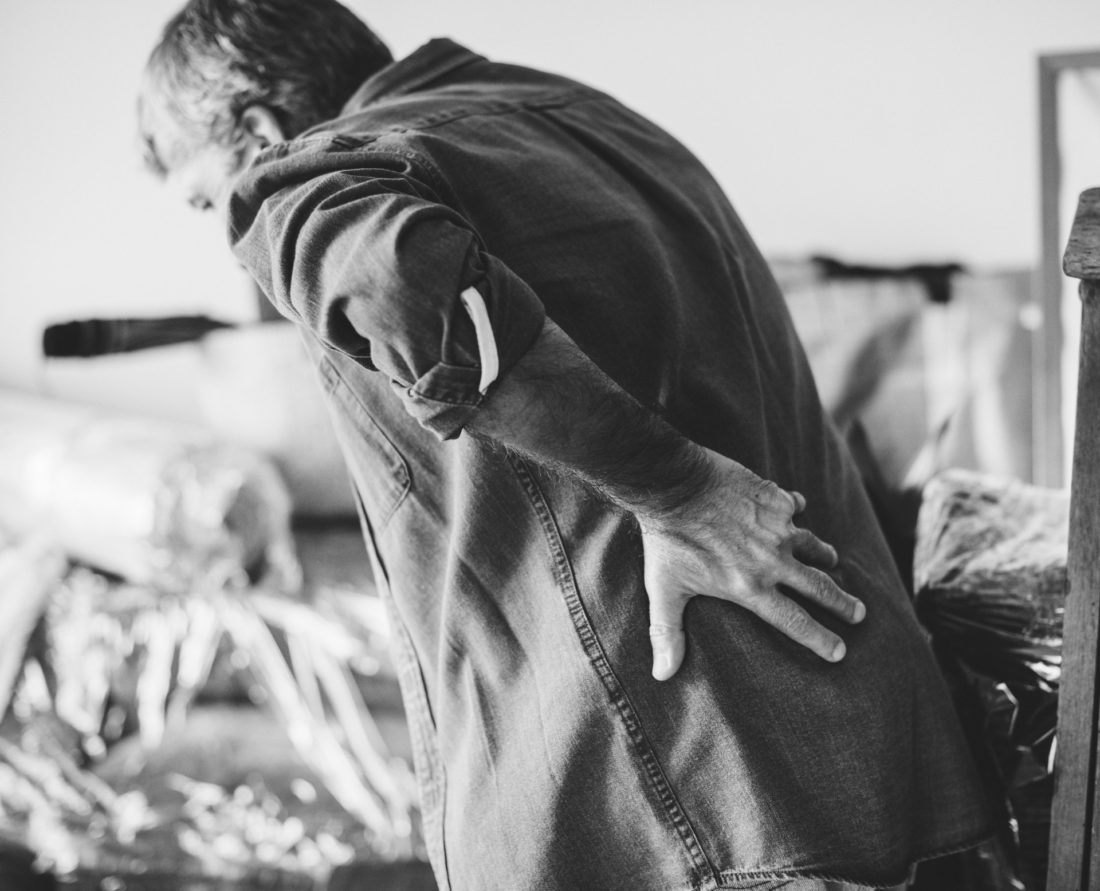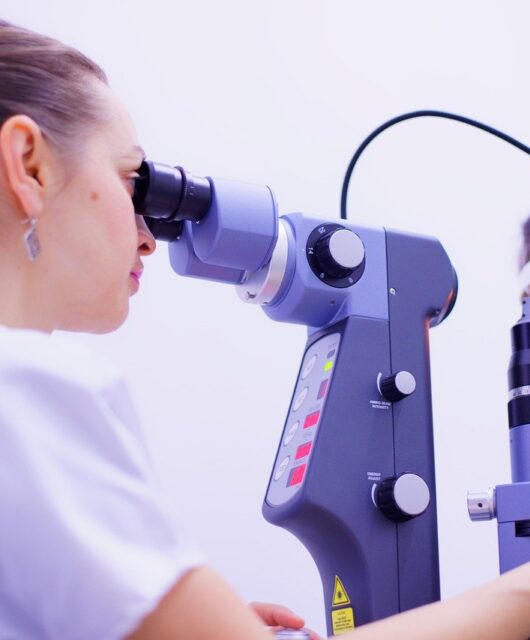Living With Scoliosis: What To Expect

Scoliosis is a term used to describe a condition where the spine curves sideways.
The curve can be rated from mild to severe, but regardless of where you fall on that spectrum, receiving said diagnosis can seem daunting.
Considering that the average of diagnosis is just 10-15 years old, a time where people tend to be most active, it can seem like the end of the world.
Though this isn’t the case, and people are able to have a good quality of life regardless of whether they experience mild or severe scoliosis, it can seem this way for a long time.
This is because scoliosis is considered to affect people most during puberty, a time where the body is growing and changing at a faster rate than ever before.
Interestingly enough, girls are a lot more prone to suffering with scoliosis than boys, at a ratio of 3:1, though the reasons for this are currently unclear.
The Symptoms You Can Expect To Experience
You will probably have experienced some symptoms of scoliosis for a while before you receive your diagnosis.
These are commonly mild throughout childhood and adolescence, though this isn’t always the case.
Most commonly, these symptoms involve changes to the body’s appearance.
These include a change in hip position, or the appearance of your back.
You may also notice that one of your legs appear shorter than the other, or that your hip and shoulder blade are more prominent on one side of your body.
If you receive a diagnosis of scoliosis in adulthood, you may also experience back and leg pain, depending on the severity of your curvature.
It is not uncommon for some children to also experience some discomfort due to their condition, but this usually occurs sometime after the diagnosis.
Your Curve Progression
As your scoliosis specialist may have told you, it’s common for children and adolescents with the condition to experience curve progressions.
To put it simply, you may find that your curve worsens as you get older due to the fact that your skeleton is still growing.
In one study, it was found that the maximum curve progression occurs after the peak growth spurt in adolescents.
For this reason, many specialists will want to monitor your curve progression throughout adolescents by giving you an X-Ray every six months.
It’s been recommended that this monitoring should continue until 1.5 years after the peak growth phase, when people stop growing, but not everywhere follows this advice.
Your Options
Something to expect when living with scoliosis is that, at some point, you will probably be presented with treatment options to consider.
In some cases, a mild scoliosis curve may not require any treatment. If you are still growing throughout this period, your specialist may still want to monitor you.
If you are in adulthood at point of diagnosis, it’s more likely that your doctor will suggest pain management options to help you manage your symptoms going forwards.
For those who do need treatment, however, there are a few different options.
Physiotherapy
If you experience a mild to moderate curve, some specialists may recommend a course of physiotherapy to maintain movement and prevent the curvature from getting worse.
This is because some believe that exercise can be good for scoliosis, though there is little research to suggest that physiotherapy alone can improve the condition.
Brace
According to HealthcareWeekly, a scoliosis brace is one of the most common treatment options, usually prescribed during adolescence to prevent your curve from worsening.
There is more research to suggest this works, with one study monitoring brace weaning after two years finding just 43.5% of people experienced curve progression.
Most people imagine braces to be uncomfortable cages that sit on top of clothes, but this isn’t necessarily the case.
The Wilmington Brace, one of the most commonly prescribed, is designed like a jacket and is worn underneath clothing.
Made of lightweight plastic, it also has special shaping and padding to provide comfort and adjust the spine’s alignment in the brace.
This option should be worn 24/7, but there are others that can be worn solely at night.
You should speak to your doctor to discuss the right option for you.
Surgery
If you have a severe curvature, of 45-50 degrees or more, it may be recommended that you have surgery to lessen the curve and prevent it from worsening.
This surgery is called spinal fusion, and involves realigning and fusing together the curved vertebrate so that they can heal into a single, solid bone.
Your surgeons will work to straighten the bones in your spine as far as possible, but will only do so to a point where it will not cause permanent damage.
Most patients do recover with less than a 25 degree curve.
This option is most commonly offered to adults who have stopped growing, but it may also be offered to some children and adolescents.
Adulthood With Scoliosis
The good news is that scoliosis generally becomes a lot more predictable as you enter adulthood.
This is because your skeleton is considered matured, meaning your body is no longer growing, offering less opportunity for your curvature to worsen.
According to one study, scoliosis in adulthood could lead to comorbidities down the line like degenerative disc disease, spondylolisthesis, osteoporosis and arthritis, but this isn’t always the case.
In rare cases, scoliosis may also develop in adulthood, and is generally more severe than in those diagnosed as children.
This is because it can lead to spinal stenosis, where nerves begin to get pinched, and patients experience chronic pain.
It’s in these cases where spinal fusion surgery will probably be recommended.
Summary
Although scoliosis isn’t a condition we hear about every day, it’s actually very common, affecting between 2-3% of the population.
It can definitely seem like a difficult diagnosis to get your head around—and it is—but it’s worth noting that there’s no guarantee you will experience some of the symptoms we have mentioned in this article.
Many of those who receive a diagnosis of scoliosis will experience only mild symptoms, and will never need serious interventions.
With the current treatment options, and investments into finding new ones, even those on the more severe end of the spectrum will have a high quality of life.









